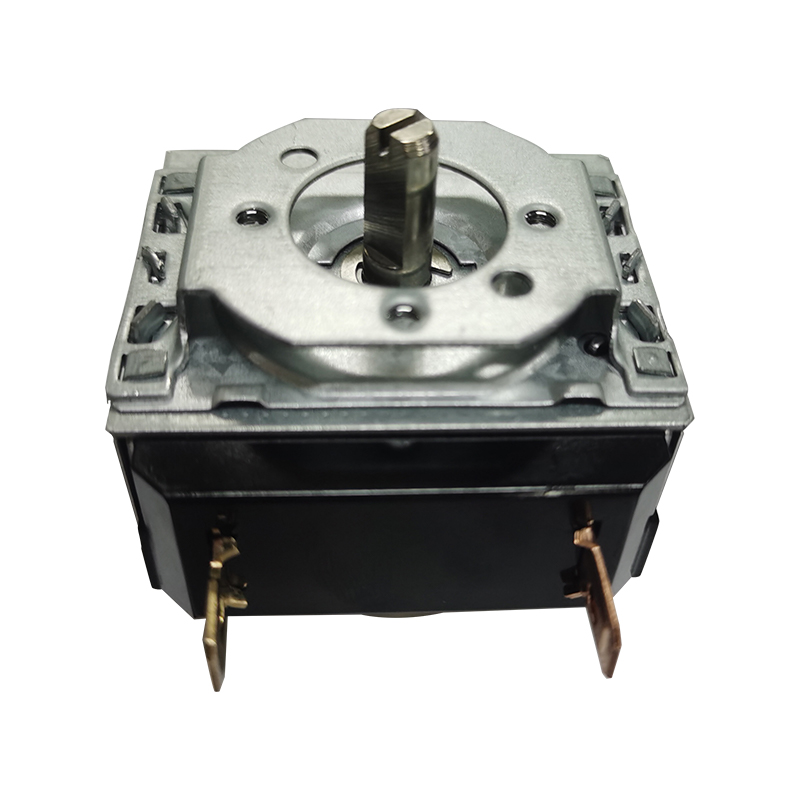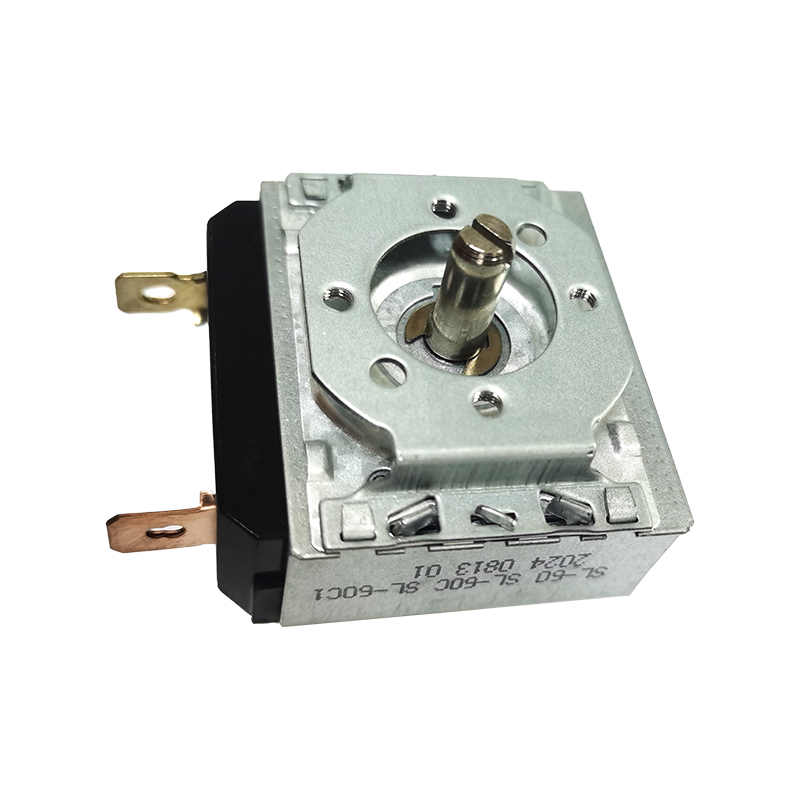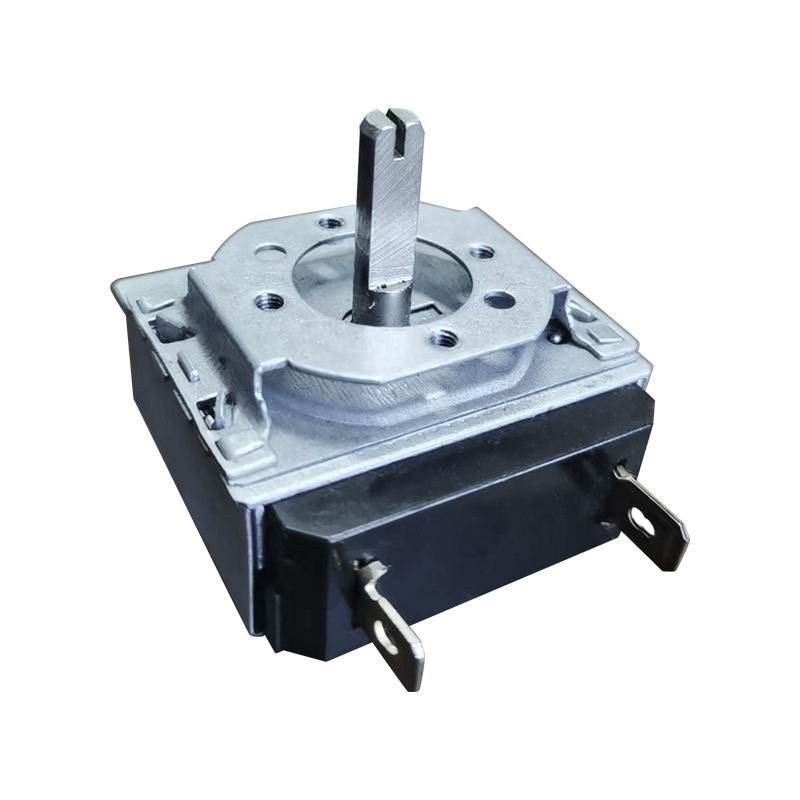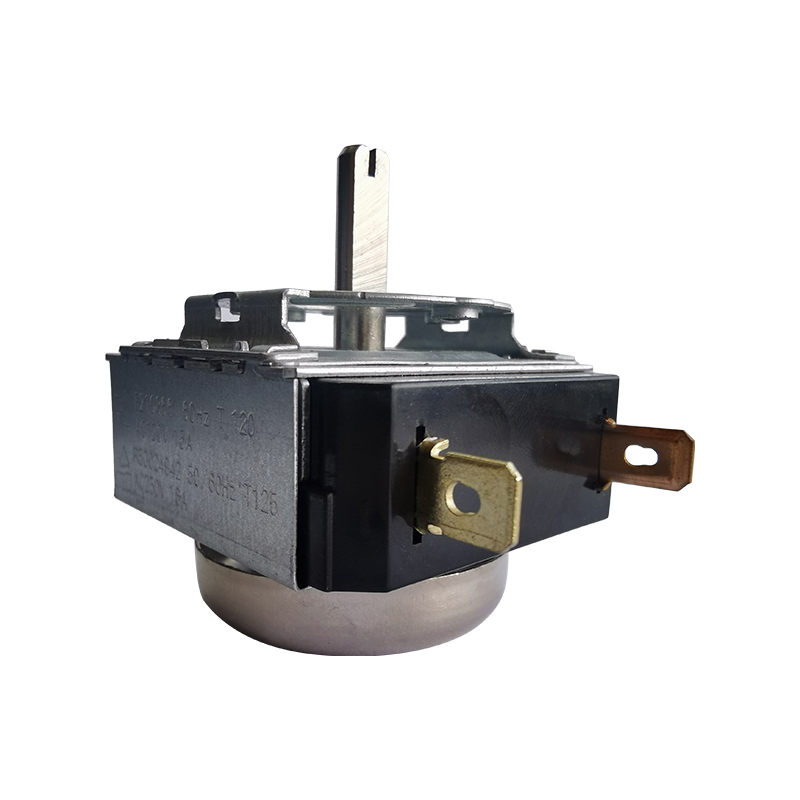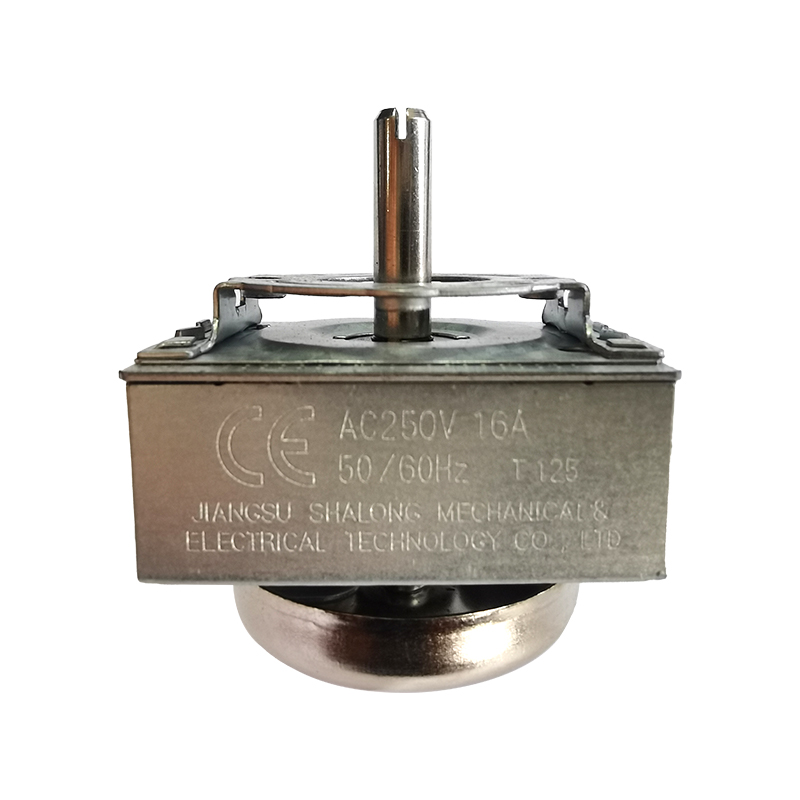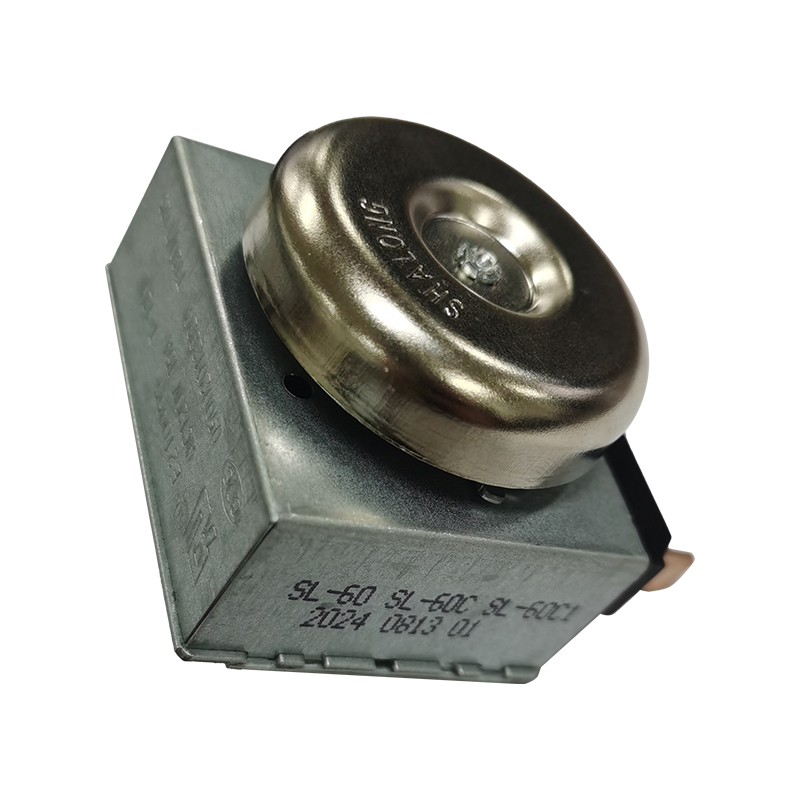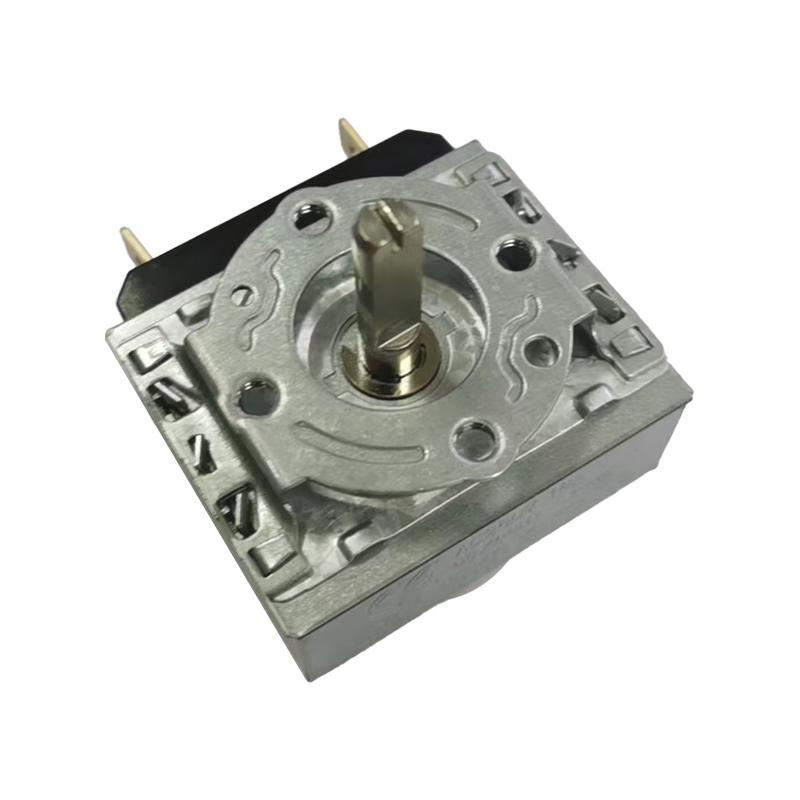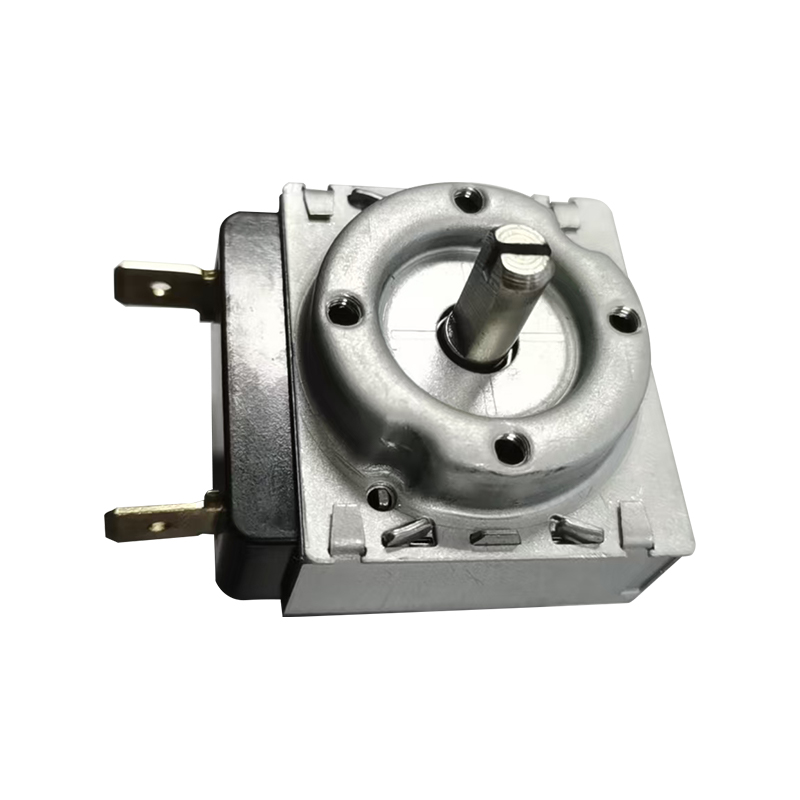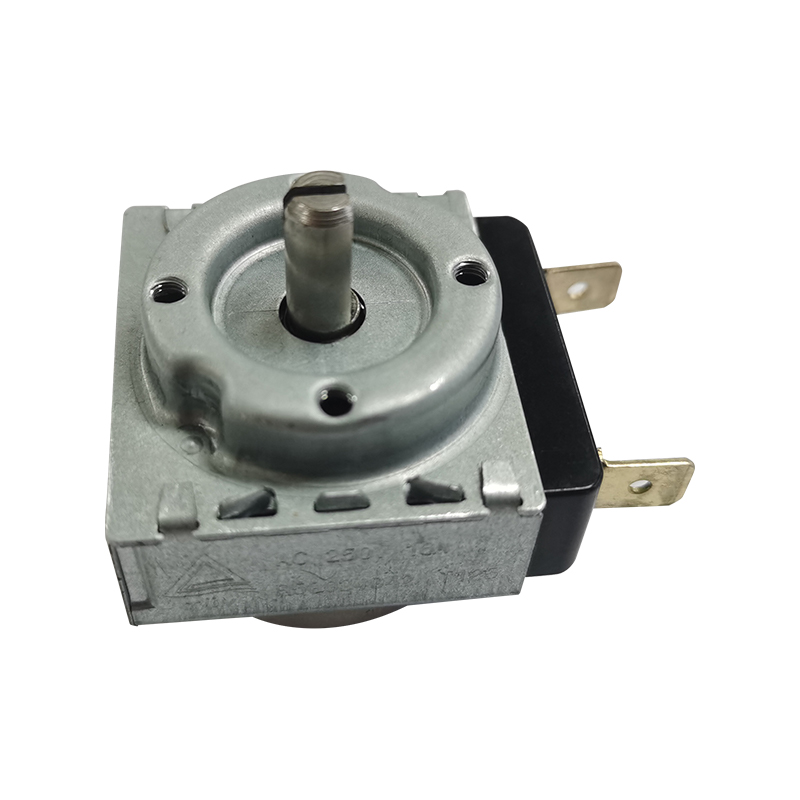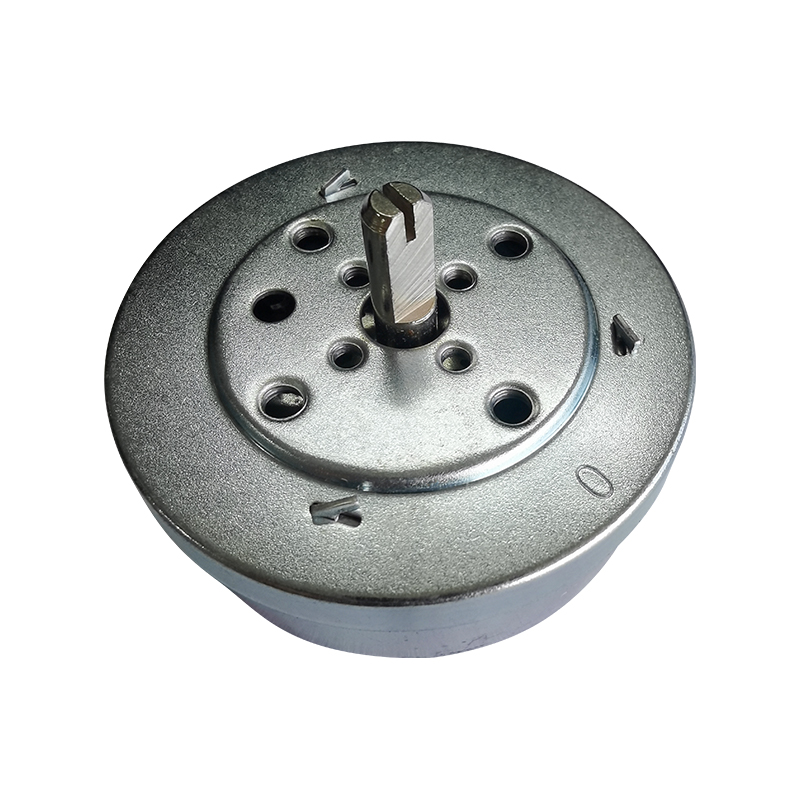Regarding the question of whether a Home Appliance Metal Mechanical Timer will cause damage to its internal mechanical structure when working in a low temperature environment of -10°C, it mainly depends on the design and manufacturing quality of the timer, as well as the materials used.
Metal and plastic are the main materials for the internal mechanical structure of the timer. In a low temperature environment, these materials may experience a certain degree of physical contraction, resulting in a smaller gap between the moving parts, or even stuck to each other. In addition, low temperatures may also cause the material to harden and embrittle, reducing its mechanical strength and impact resistance. However, if the timer fully considers the impact of the low temperature environment during the design and manufacturing process, and uses materials and processes with good cold resistance, it should be able to maintain good performance and stability when working in a low temperature environment of -10°C.
Specifically for this Home Appliance Metal Mechanical Timer, since its operating temperature range includes -10°C, it has taken into account the working requirements in a low temperature environment during its design and manufacturing. Therefore, under normal circumstances, when this timer works in a low temperature environment of -10°C, its internal mechanical structure should be able to work normally without damage.
Even if the timer is cold-resistant, long-term operation in an extremely low temperature environment may still have an adverse effect on it. For example, low temperatures may cause the viscosity of the lubricating oil to increase, reducing its lubrication and fluidity, thereby affecting the operating efficiency and life of the timer. In addition, if there is water or moisture inside the timer, it may freeze and frost in a low temperature environment, causing structural damage or performance degradation.
In order to ensure the normal operation and long-term stability of the timer in a low temperature environment, it is recommended to carefully check the status of the timer before use to ensure that its interior is dry, clean and free of any damage. At the same time, during use, care should be taken to avoid exposing the timer to an extremely low temperature environment for too long, and regular maintenance and care should be performed to extend its service life.



 English
English 中文简体
中文简体